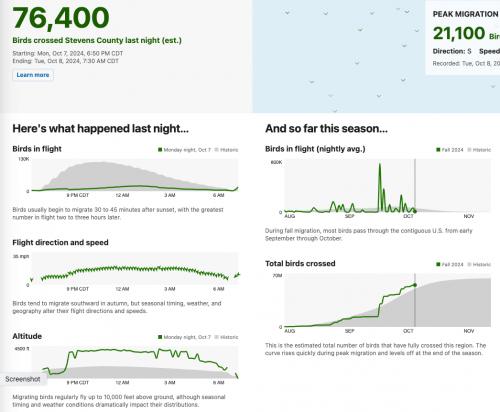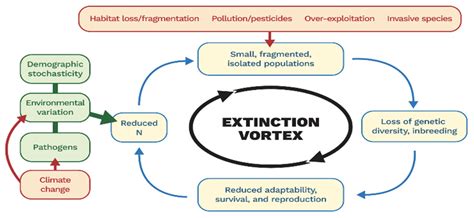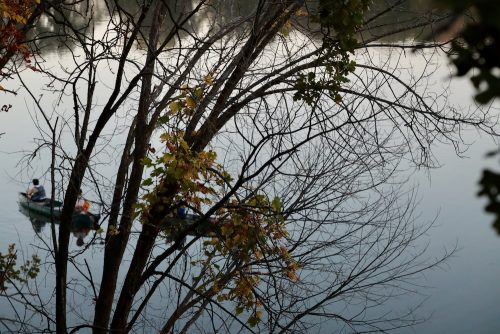Many years ago, we took our young daughter to Wolf Haven, a sanctuary near Olympia, Washington. She loved it. She got called up to the stage to do a wolf call, and she nailed it — the entire place was echoing with wolf howls as the animals responded. They are spectacularly beautiful — and fierce — animals.
Bad news today, though: wolves are not thriving in Washington.
Washington’s overall wolf population in 2024 decreased by at least 9.44% and the number of successful breeding pairs declined by 25%, according to figures released today by the Washington Department of Fish and Wildlife.
Today’s report indicates that at the end of 2024, the state had 230 wolves in 43 packs, 18 of which had successful breeding pairs. This marks a decrease from the end of 2023, when the state had 254 wolves in 42 packs, 24 of which had successful breeding pairs.
In case you’re wondering what is causing the decline…it’s people. You probably already guessed it. People suck.
Today’s report shows that at least 37 wolves died in 2024, 31 of which were human-caused. Of all 37 reported deaths, five were killed for livestock conflicts — four by the department and one by a livestock owner. Nineteen died from Tribal hunting by the Confederated Tribes of the Colville, which retain tribal treaty rights for hunting on their reservation and on ceded lands, and by the Spokane Tribe.
Two died of natural causes (one was killed by a cougar and the other was killed by other wolves), one died from ingesting plastic, which perforated its intestine, two died from capture-related trauma while the department was capturing wolves to collar them, and one was shot in an alleged self-defense and likely died, though its body was never found and no charges were filed.
In addition, there were seven known illegal killings, which remain under investigation. Scientific research has shown that that for every illegally slain wolf that’s found, another one to two wolves have been killed and remain undiscovered.
I think it’s ironic that today, the media are all fired up about three fake “dire wolves” ginned up by pointless and expensive genetic manipulation, when what we ought to be caring about is maintaining a natural population.
I made a small donation to Wolf Haven. I’m not a billionaire, I don’t have a coven of silicon valley tech bros following my every move, but I am a biologist who feels some shame about those capitalist mad scientists at Colossal who need their priorities straightened out.











